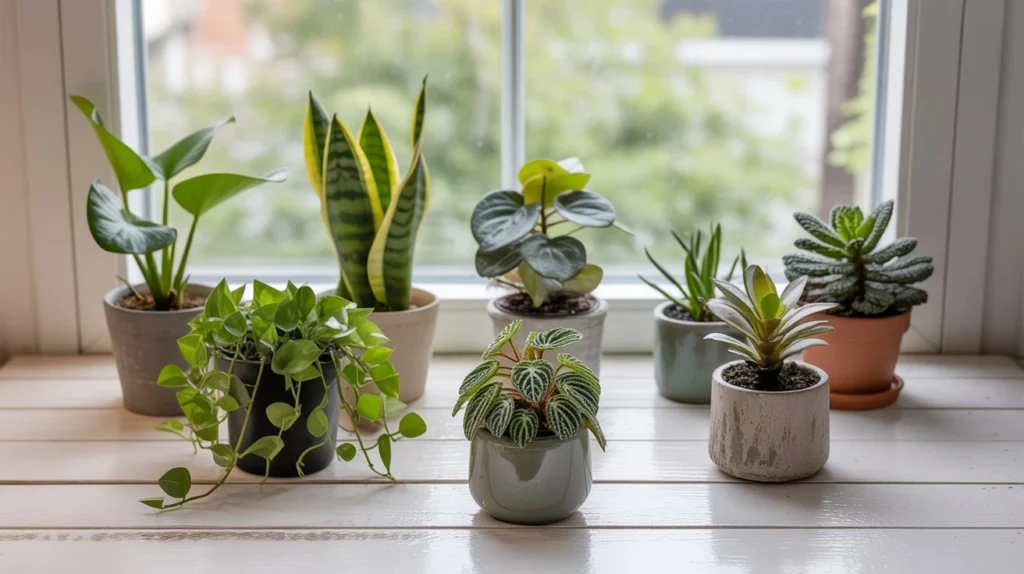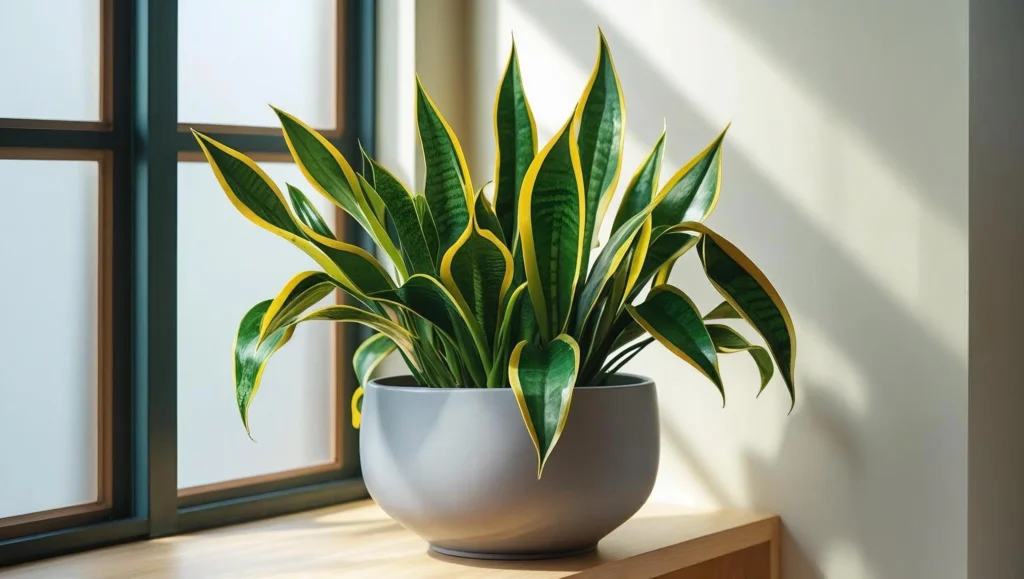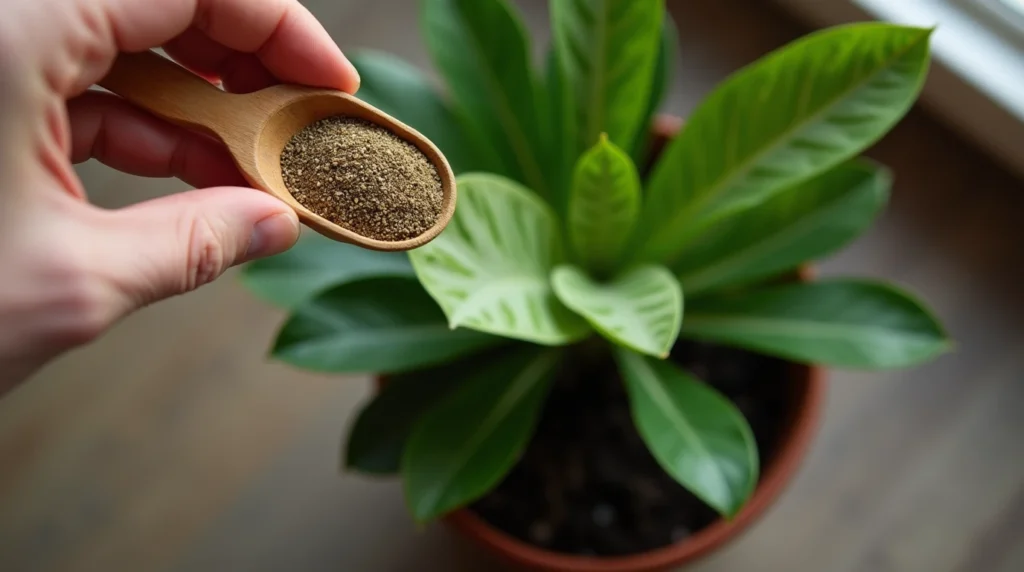
You’ve just given your beloved fiddle leaf fig or snake plant a fresh start with a beautiful new pot and soil. It looks fantastic! But then a question pops into your head: Do you need nutrients after repotting a indoor plants? Should you immediately give it a boost with fertilizer to help it settle in? It seems logical, right? After all, you want it to thrive in its new home. Hold that fertilizer bottle! The answer isn’t a simple yes or no, and getting it wrong can actually harm your plant. Let’s dive into the surprising science and best practices of post-repotting care.
Table of Contents
Understanding the Repotting Process: More Than Just a New Pot
Repotting isn’t just an aesthetic upgrade; it’s a significant physiological event for your plant. Think of it like moving house or even minor surgery. Here’s what happens beneath the soil:
- Root Disturbance: Even with the gentlest touch, roots are disturbed, broken, or trimmed. This causes stress and requires energy to heal.
- Environmental Shift: The plant moves from its familiar root environment (pot size, soil composition, microbial life) into a completely new one.
- Focus on Root Recovery: The plant’s immediate priority isn’t pushing out lush new leaves. It’s re-establishing its root system in the fresh soil – exploring the new space, healing damaged roots, and forming new root hairs (the tiny structures responsible for most water and nutrient uptake).
- Fresh Potting Mix = Fresh Nutrients: This is the crucial point. High-quality, fresh potting mixes are pre-charged with nutrients. Manufacturers blend them to contain a starter pack of essential minerals (like nitrogen, phosphorus, potassium – NPK) that slowly become available to the plant as the soil is watered.
The Big Question: Do You Need Nutrients Immediately After Repotting?
Do You Need Nutrients After Repotting a Indoor Plants? The Immediate Answer)
The short, emphatic answer is: NO, you do not need to add supplemental nutrients (fertilizer) immediately after repotting indoor plants.
Here’s why:
- The Fresh Soil Factor: As mentioned, new potting soil contains readily available nutrients. Adding fertilizer on top of this creates an immediate overload of salts and minerals.
- Root Shock & Sensitivity: Damaged roots are incredibly vulnerable. They are trying to heal and regrow. Introducing concentrated fertilizer salts at this point is like pouring salt on a wound – literally. It can burn delicate new root tissues, severely hindering recovery or even causing root death.
- Nutrient Burn Risk: Excess fertilizer salts draw water out of the root cells (osmosis), leading to dehydration, root burn, and classic symptoms like:
- Browning leaf tips and margins
- Wilting despite moist soil
- Yellowing leaves (especially older ones)
- Stunted growth
- The Plant’s Priority: Your plant is diverting energy to root repair and establishment. It isn’t primed for a growth spurt fueled by extra fertilizer. Forcing it can actually divert resources away from essential root healing.
Think of it like this: After surgery, you wouldn’t be given a huge, rich feast. You’d start with easily digestible broths and gentle foods. Your plant needs the same gentle care – the nutrients already in the fresh soil are its gentle broth.
So, When Should You Start Adding Nutrients?
When to Safely Introduce Nutrients After Repotting)
Patience is key! You need to wait until your plant has clearly recovered from the repotting stress and has begun actively growing again. Here’s how to know it’s time:
- Signs of New Growth: This is the #1 indicator. Look for:
- New leaves unfurling
- Existing leaves looking perkier and healthier
- Visible stem elongation
- Evidence of new root growth (sometimes visible at drainage holes or the soil surface if you gently check).
- The 4-8 Week Rule: As a general guideline, most healthy indoor plants will be ready for their first light feeding 4 to 8 weeks after repotting. However, always prioritize visual cues (new growth) over a strict calendar date. Factors influencing timing:
- Plant Type: Fast growers (like Pothos, Philodendron) might be ready closer to 4 weeks. Slow growers (like Snake Plants, ZZ Plants, Cacti) might need 8 weeks or even longer.
- Time of Year: Plants repotted during their peak growing season (spring/summer) will recover and resume growth faster than those repotted in fall or winter. Avoid fertilizing most plants in winter (dormancy) regardless of repotting time.
- Extent of Repotting: A simple “potting up” (minimal root disturbance) might allow feeding sooner than a major root pruning/teardown.
- Plant Health: A stressed or weak plant before repotting will take longer to recover.
How to Fertilize After the Waiting Period
Safely Fertilizing Your Repotted Indoor Plant)
Once you see active growth, it’s time for a gentle reintroduction to nutrients. Follow these steps:
- Start Diluted: Never apply full-strength fertilizer right away. Begin with 1/4 or 1/2 the dosage recommended on the fertilizer label. This minimizes the risk of burn while the roots are still getting fully established in the new soil.
- Water First: Always ensure the soil is slightly moist before applying fertilizer solution. Applying to bone-dry soil increases the risk of root burn. Water lightly a few hours before feeding if needed.
- Choose the Right Type:
- Balanced Liquid Fertilizer: (e.g., 10-10-10, 20-20-20) is generally the safest and most versatile starting point for most foliage plants. Easy to control dilution.
- Slow-Release Granules: Can be convenient, but harder to control the immediate nutrient release after repotting. If using, apply sparingly and ensure they are well-mixed into the top layer of soil at the time of repotting (not added weeks later on the surface). Less recommended for the immediate post-repot phase.
- Specialty Fertilizers: (e.g., for orchids, acid-loving plants like African Violets) – Use these only if they match your plant’s specific needs, and still start diluted.
- Frequency: Stick to a reduced frequency as well. If you normally fertilize every 2 weeks in summer, start with every 4 weeks at a diluted strength after repotting, gradually working back to your normal schedule and strength over the next 2-3 feedings if the plant responds well.
Choosing the Best Fertilizer for Post-Repot Recovery)
While a balanced fertilizer is generally safe, some formulations can be particularly gentle:
- Liquid Seaweed/Fish Emulsion: Organic options often contain trace minerals and growth hormones (like cytokinins and auxins) that can very gently stimulate root development and reduce stress. Still dilute! They can have a strong odor.
- Fertilizers with Amino Acids or Vitamins: Some products include additives designed to reduce plant stress and improve nutrient uptake efficiency, which can be beneficial during recovery. Look for terms like “stress reducer” or “root stimulator” – but always check dilution instructions carefully.
- Avoid High-Nitrogen Blasts: While nitrogen promotes leafy growth, a huge dose right after repotting isn’t what the plant needs most. A balanced formula supports overall recovery.
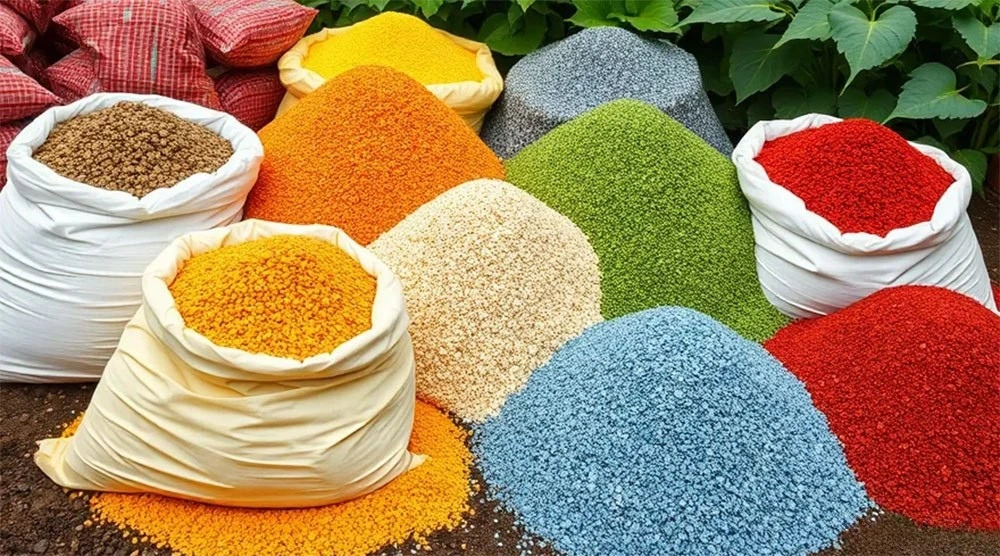
Common Mistakes to Avoid After Repotting
Post-Repotting Pitfalls: Don’t Make These Nutrient Mistakes!)
Beyond the “fertilize immediately” error, watch out for these:
- Overwatering: Fresh soil often holds more moisture. Combine this with stressed roots (less able to absorb water), and overwatering is the #1 cause of post-repotting failure (root rot). Water thoroughly after repotting, then *let the top 1-2 inches dry out* before watering again. Adjust based on plant type and pot size.
- Wrong Soil Mix: Using a dense, poorly draining mix or one not suited to your plant (e.g., regular potting soil for a succulent) creates problems no fertilizer can fix. Always use a mix appropriate for your plant type (e.g., cactus mix, aroid mix, general indoor mix with good perlite).
- Too Big of a Pot Jump: Moving a plant into a pot drastically larger than its root ball means excess soil holds water for too long, again promoting rot. Generally, increase pot size by only 1-2 inches in diameter.
- Ignoring Light Needs: Don’t drastically change the plant’s light exposure immediately after repotting. Keep it in its familiar light conditions while it recovers. Sudden increases in light can add to stress.
- Fertilizing on Schedule, Ignoring the Plant: Don’t add fertilizer just because “it’s time” according to your calendar. If you repotted 6 weeks ago but it’s now late fall and the plant is entering dormancy, don’t fertilize. Always observe the plant’s growth state and the season.
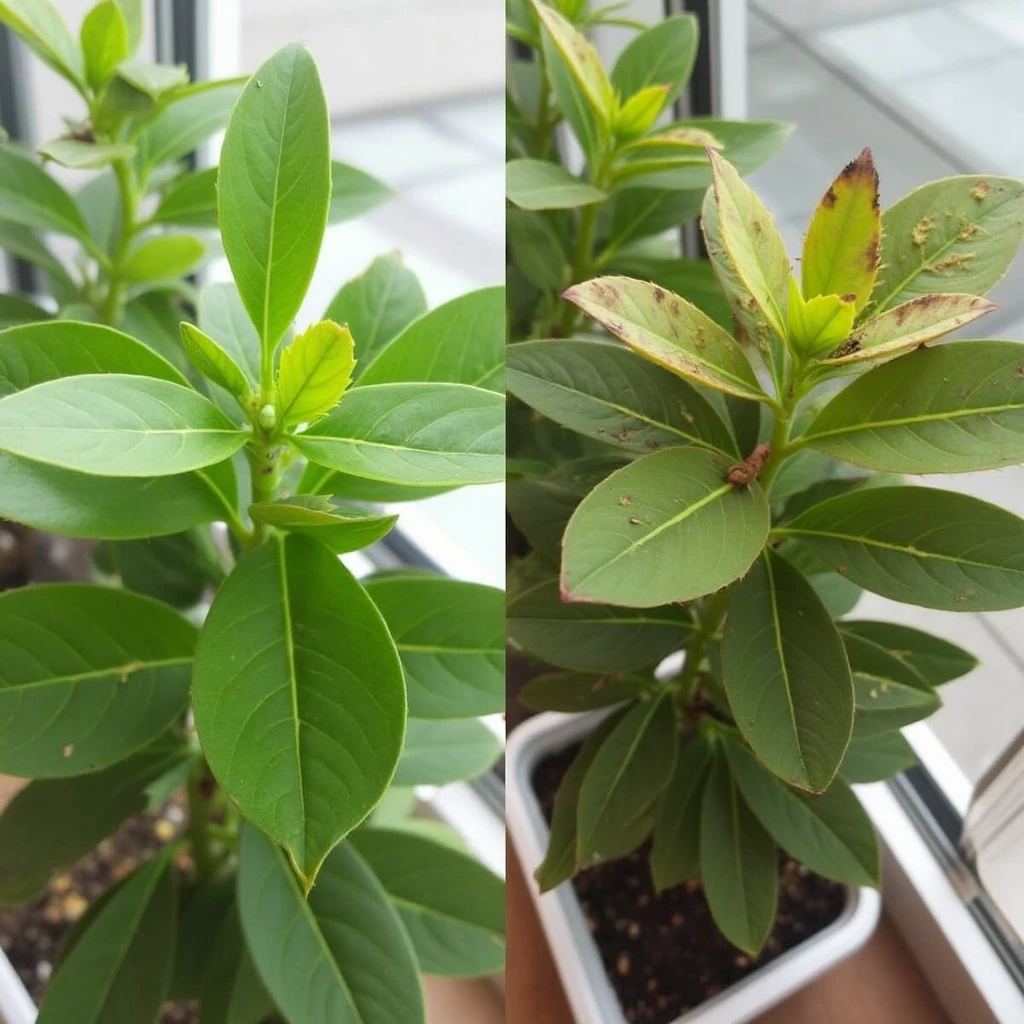
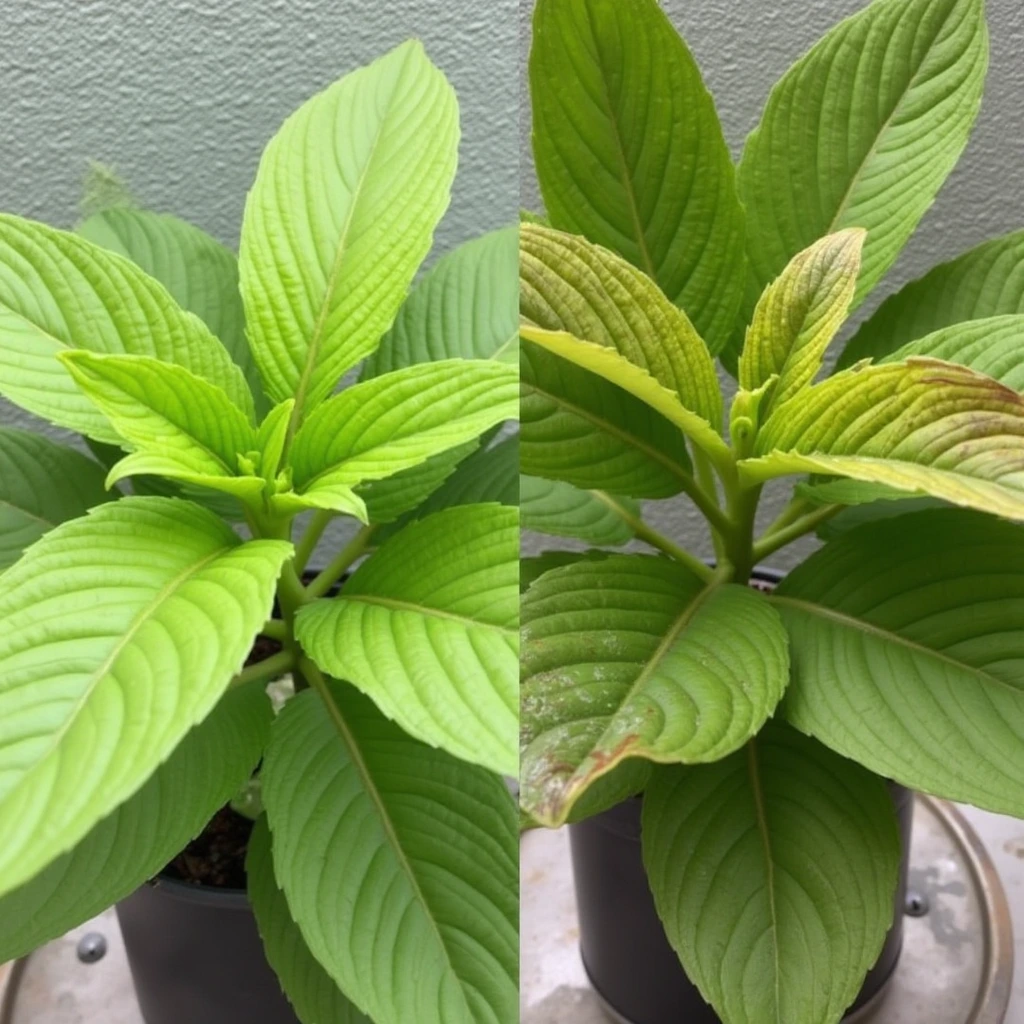
Seasonal Considerations for Repotting and Feeding
Timing is Everything: Repotting and Nutrients by Season)
- Spring & Early Summer (Best Time): This is the ideal window for most repotting. Plants are naturally entering their peak growth phase. Recovery is fastest, and the waiting period for nutrients is shorter (closer to 4 weeks for many). Feeding aligns with their natural growth cycle.
- Late Summer & Fall: Repotting is still possible, but growth naturally slows. Recovery takes longer (closer to 6-8 weeks). Be extra cautious with fertilizer – use weaker solutions less frequently. Avoid fertilizing as winter approaches.
- Winter (Generally Avoid): Most plants are semi-dormant or dormant. Repotting is highly stressful and recovery is very slow. Avoid repotting and fertilizing altogether during winter months unless absolutely necessary (e.g., severe root rot emergency). Plants cannot utilize nutrients effectively, increasing burn risk.
Expert Insights: What the Pros Say
Professional Grower Tips on Post-Repotting Care)
- “Listen to Your Plant, Not the Bottle”: “The biggest mistake hobbyists make is assuming fertilizer is medicine. After repotting, it’s often the opposite. Let the fresh soil and the plant’s own resilience do the work. Only add food when you see the plant actively asking for it with new growth.” – Sarah T., Commercial Greenhouse Grower.
- “Water is the First Nutrient”: “Focus on perfecting your watering technique in the new pot before even thinking about fertilizer. Consistent, appropriate moisture is far more critical for root recovery than any added nutrient.” – Ben M., Botanical Garden Horticulturist.
- “Potting Mix is Key”: “Investing in a high-quality, appropriate potting mix is the single best thing you can do. A cheap, dense mix holds too much water and lacks good aeration and starter nutrients, setting your plant up for failure regardless of when you fertilize.” – Maria L., Master Gardener & Author.
FAQ: Nutrients and Repotting Indoor Plants)
- Q: I used an unfertilized potting mix (like plain coco coir or peat). Do I need nutrients right away?
A: While slightly different, the root disturbance stress principle still applies. It’s safer to wait 2-3 weeks, then begin with a very diluted (1/4 strength) balanced liquid fertilizer. The priority remains avoiding root burn on damaged roots. Ensure the mix is well-moistened initially. - Q: My plant looks sad/droopy after repotting. Isn’t fertilizer the quick fix?
A: Absolutely not! Drooping is almost always due to transplant shock (root disturbance), overwatering, or underwatering. Fertilizer will worsen stress. Ensure proper light, check soil moisture deeply (not just surface), avoid overwatering, and be patient. Give it time (weeks) to recover before considering fertilizer. - Q: How long do the nutrients in fresh potting soil last?
A: This varies greatly by mix quality and plant growth rate. Generally, a good quality mix provides nutrients for 4-8 weeks. Slow-growing plants in a large pot might stretch it to 12 weeks. Fast-growing plants in a small pot might deplete it faster. Rely on the plant showing signs of active growth as your cue to start supplemental feeding, not the calendar alone. - Q: Can I use root stimulator or vitamin B1 after repotting?
A: While generally marketed as reducing transplant shock, the scientific evidence for products containing only vitamin B1 (thiamine) is weak. Some root stimulators containing low levels of fertilizer plus hormones or beneficial microbes might offer a slight benefit if used very diluted according to label directions at the time of repotting (mixed in the watering can). However, they are not necessary, and never a substitute for avoiding fertilizer burn by skipping immediate feeding. Plain water is often just as effective. - Q: I repotted months ago but forgot to fertilize. Is my plant starved?
A: Possibly, especially if it’s actively growing. Look for signs of nutrient deficiency: very slow growth, pale or yellowing leaves (especially older ones), small leaves. The RHS has an excellent visual guide to signs of nutrient deficiency. Start with a diluted feeding and gradually increase…
Conclusion: Patience is the Best Nutrient
So, do you need nutrients after repotting indoor plants? The clear answer is no, not right away. Resist the urge to fertilize immediately! The fresh potting mix provides the essential starter nutrients your plant needs during its initial recovery phase. Adding fertilizer too soon risks damaging vulnerable roots and causing nutrient burn, hindering recovery rather than helping.
The key is patience and observation. Give your plant 4-8 weeks (or longer for slow growers) to overcome transplant shock, focus on root repair and establishment in its new home. Wait for the clear signal: new growth. Once you see those fresh leaves unfurling, you can safely reintroduce nutrients with a diluted, balanced fertilizer, gradually returning to your normal routine.
Remember, successful repotting is about minimizing stress and providing optimal conditions for root recovery. Perfect your watering technique, choose the right soil and pot size, and place it in appropriate light. Hold off on the fertilizer bottle until your plant confidently tells you it’s ready for its next meal.
